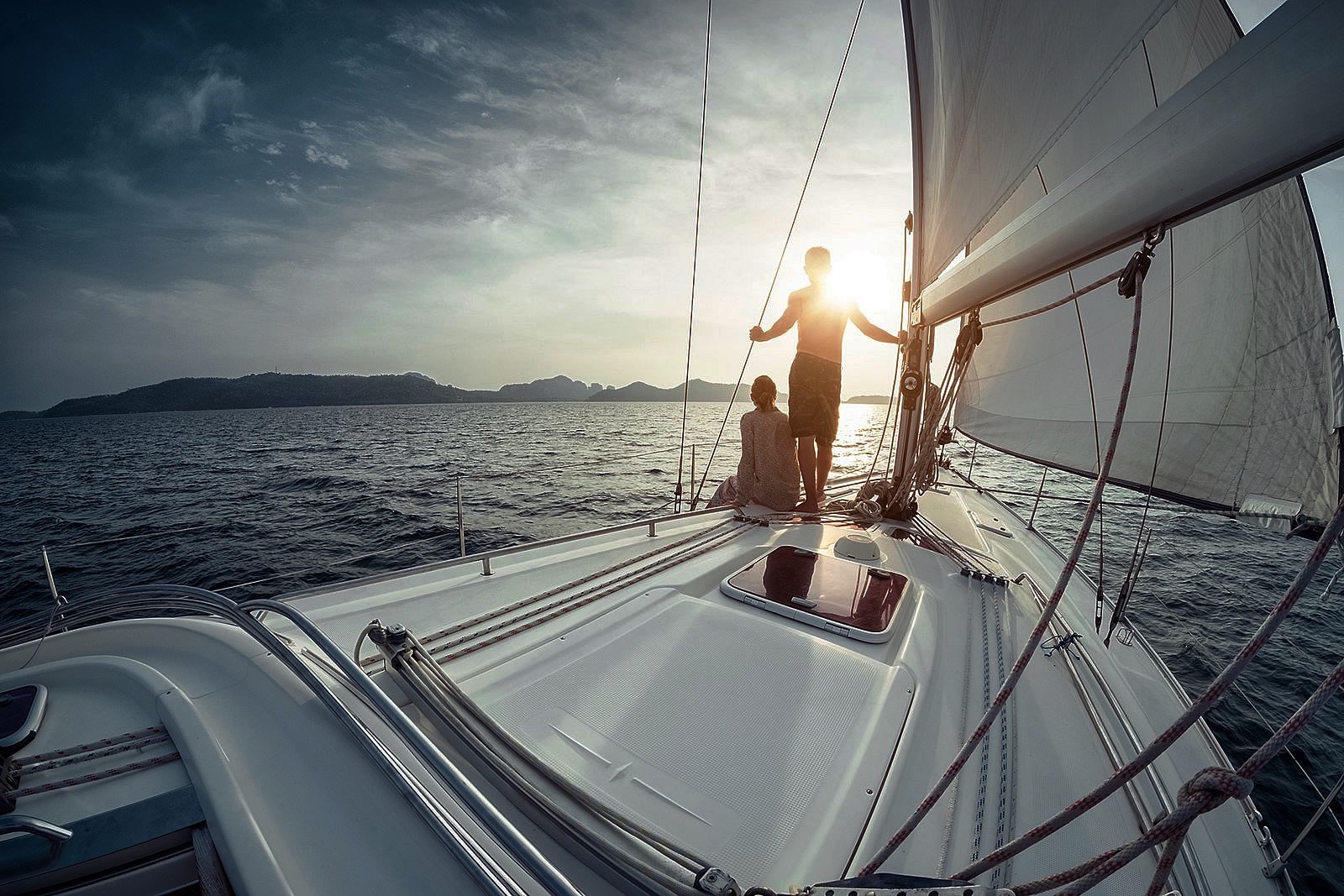
The coasts of Puglia
Puglia appears to be the region with the largest coastal extension among those of continental Italy and therefore has a remarkable variety of coastal landscapes, extremely varied in terms of lithological, morphological and vegetation characteristics. The coasts of Puglia, renowned for their peculiar beaches and for the adjoining bathing services, overlook for most of their extension along the Adriatic side of the Mediterranean Sea, also presenting the easternmost territorial protrusion of the country coinciding with the locality of Punta Palascia, included within the municipal boundaries of Otranto, which is just about 80 km from the Albanian coast. At the southernmost point of the regional borders, in the locality of Santa Maria di Leuca, there is the point of contact between the Adriatic Sea and the Ionian Sea, which laps the coasts of the western side of the lower Salento and culminates in the landscape of the Gulf of Taranto.
The 865 km of coastline, of which about 50 km are part of the territory of the Tremiti Islands, belong to various territorial areas, characterized by specific landscape features. The north side of the Apulian coast, in correspondence with the Gargano promontory, is characterized by the presence of the humid area around the lakes of Lesina and Varano, and above all by a rich natural landscape, which, thanks to its conformation, allows the alternation of steep overhangs made up of limestone and dolomitic rocks overlooking the sea, covered by dense vegetation consisting of domestic and maritime pines and species of the Mediterranean scrub, with small inlets where fine sandy beaches are set. Continuing south, you will come across an extensive flat strip in correspondence with Margherita di Savoia, renowned for its salt flats – the largest in Europe – and for the value of the flora and fauna present in the adjoining wetland, recognized internationally according to the agreements of the Rasmar Convention, and which constitutes a fundamental ecological network for biodiversity at national level. The conformation of the coast, therefore, loses its harsh and steep connotation to present a gentler trend due to the presence of a substrate consisting of large expanses of sandstone. The coastal scenery becomes more indented and man-made in correspondence with the urban centers of the province of BAT and the North of Bari, but presents, as you continue towards the south, an increasingly greater rocky component, which, in addition to constituting suggestive views overlooking the sea , allows you to perceive a high degree of naturalness, in particular in the stretch between Mola di Bari and Torre Canne. Beyond the territorial area of ??the Itria Valley, you will find the coastal units of the Tavoliere Salentino, which have a constant alternation of infrastructured sandy stretches and uncontaminated rocky coasts. A common feature of the sandy coasts of the Salento coasts is a vegetation cover consisting mainly of the typical dune strands covered by shrub species of the Mediterranean scrub, such as mastic, cistus, myrtle, juniper and native species at risk of extinction such as the Cretan cornflower, a species present almost exclusively in the area of ??the Marina di Ugento.
Therefore, the Apulian coasts present a constant alternation of uncontaminated scenarios, which offer a high degree of naturalness and landscape value, and coastal centers which, thanks to their widespread infrastructures, allow a total use of the coastal landscapes.
Come and discover our magnificent coast and get to know one of the most renowned ports of Puglia – the tourist port of Bisceglie della Bisceglie Approdi S.p.A

